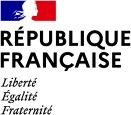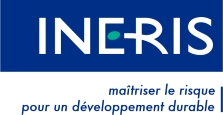Information
Edited on 05/13/2022
The European Chemicals Agency (Echa) and Member States responsible for the assessment of more than 100 bisphenols recommend that 34 of these substances be restricted under the REACH Regulation.
Edited on 03/24/2022
ECHA has submitted a proposal to restrict the use of all per- and polyfluoroalkyl substances (PFAS) in firefighting foams.
Edited on 02/11/2022
The report "PFAS and Alternatives in Food Packaging (Paper and Paperboard): Hazard Profile" aims to complement the previous report on PFAS alternatives in these food packaging by compiling information on the hazard profile of previously identified alternatives.
Edited on 02/04/2022
As a result of a decision adopted by the European Commission on 19 January 2022, the potential presence of nonylphenol will have to be monitored throughout the drinking water supply chai
Edited on 02/03/2022
The European Commission has published directives on new exemptions of authorization for the use of DEHP, DBP, BBP and DIBP in medical devices under the EU RoHS Directive.
Edited on 02/03/2022
The European Commission has added endocrine disrupting properties to DEHP, BBP, DBP and DIBP listed in Annex XIV (authorisation list) of the REACH Regulation.
Edited on 01/10/2022
Phthalates join the list of hot scientific topics on the ECHA website
Edited on 10/05/2021
The Government of Canada has proposed the listing of long-chain perfluorocarboxylic acids (PFCA), their salts and related compounds to the Stockholm Convention.
Edited on 09/28/2021
Five European Union countries have submitted an intention to restrict the manufacture, placing on the market and use of per- and polyfluoroalkyl substances (PFAS).
Edited on 07/19/2021
Bisphénol B (BPB - n° CAS : 77-40-7) has been added to the candidate list of Substances of Very High Concern (SVHC) for authorisation due to its its endocrine disrupting properties for human health and the environment.

